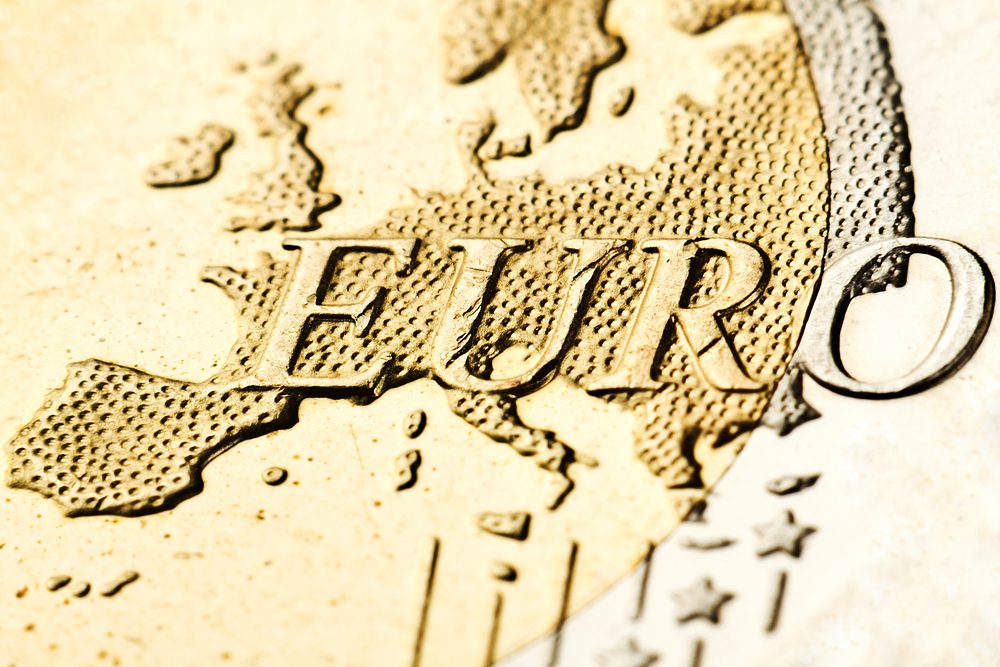The Central Bank of Ireland has today, Friday, April 5, published its second Quarterly Bulletin of 2019, giving its economic growth predictions..
The bulletin examines recent trends in the domestic economy and provides the Central Bank’s forecasts for the Irish economy and its views on domestic economic policy issues.
The bulletin reports that economic growth is expected to be 4.2% this year, moderating to 3.6% in 2020.
Meanwhile, declines in the unemployment rate to 5.4% and 5% are projected for 2019 and 2020, while compensation per employee is forecast to increase by 3.6% in 2019 and 3.7% in 2020.
Inflation is projected to pick up moderately, while current assumptions point to a forecast of 0.7% and 1.1% for Harmonised Index of Consumer Prices (HICP) inflation in 2019 and 2020.
However, a disorderly Brexit would have immediate and material economic implications, affecting most areas of economic activity, but growth still expected to remain positive.
The Central Bank’s central forecast is that underlying economic activity is projected to continue to grow at a relatively solid pace in coming years, though some moderation in growth is in prospect in 2019 and 2020.
The pace of global and euro area economic activity has weakened since last autumn and prospects for growth in Ireland’s main trading partners have been lowered further in recent months, with risks to the international economic outlook seen as tilted to the downside.
The central forecasts are based on a deal on Brexit being reached and a transition period coming into effect until the end of 2020.
The Central Bank has previously published analysis of the possible effects of an orderly WTO scenario, a Free Trade Area-like agreement and, most recently, a disorderly, no deal Brexit.
Mark Cassidy, director of economics and statistics, commented on the bulletin, noting: “The outlook for the economy remains broadly positive, though, following the strong performance of recent years, we expect growth to moderate in 2019 and 2020.
“This moderation reflects both the impact of a weaker international economic environment and reduced potential for growth in the domestic economy. We now expect growth of 4.2% this year and 3.6% next year.
“We have previously warned about the immediate and significant effects of a no-deal Brexit scenario on the Irish economy.
“Our analysis suggests that a disorderly, no deal Brexit could reduce the growth rate of the Irish economy by around 4% in the first year and by a further two percentage points in the second year.
This would imply that while there would still be positive growth this year and next, it would be materially lower than in the central forecasts – with growth expected between 1.0% and 1.5% in 2019 and 2020 under a no-deal Brexit scenario – though given the unprecedented nature of a disorderly Brexit, a good deal of uncertainty attaches to these estimates.
The director also noted that, while Brexit continues to grab the headlines, there are other immediate risks to the economy.
“The international economic outlook has weakened since the publication of the last bulletin.
“Ireland’s position as a small, highly open economy and the important role of multinational firms within the economy means the evolution of global economic and trading conditions and movements in major exchange rates will have an important bearing on Irish economic performance.”
